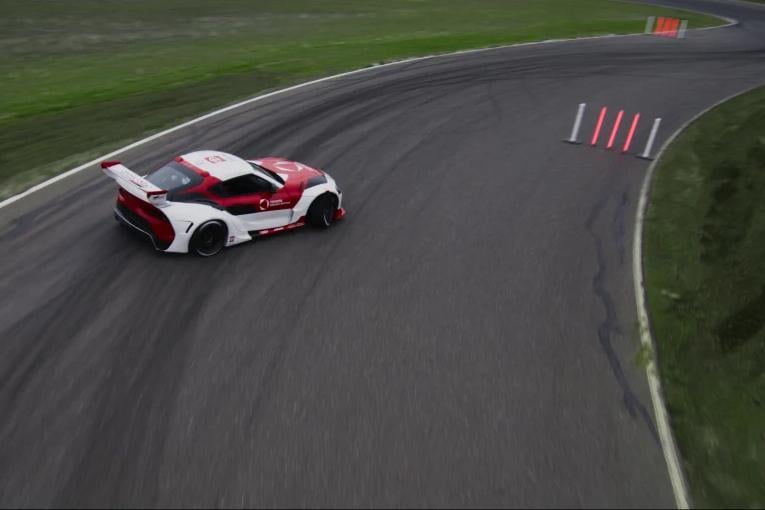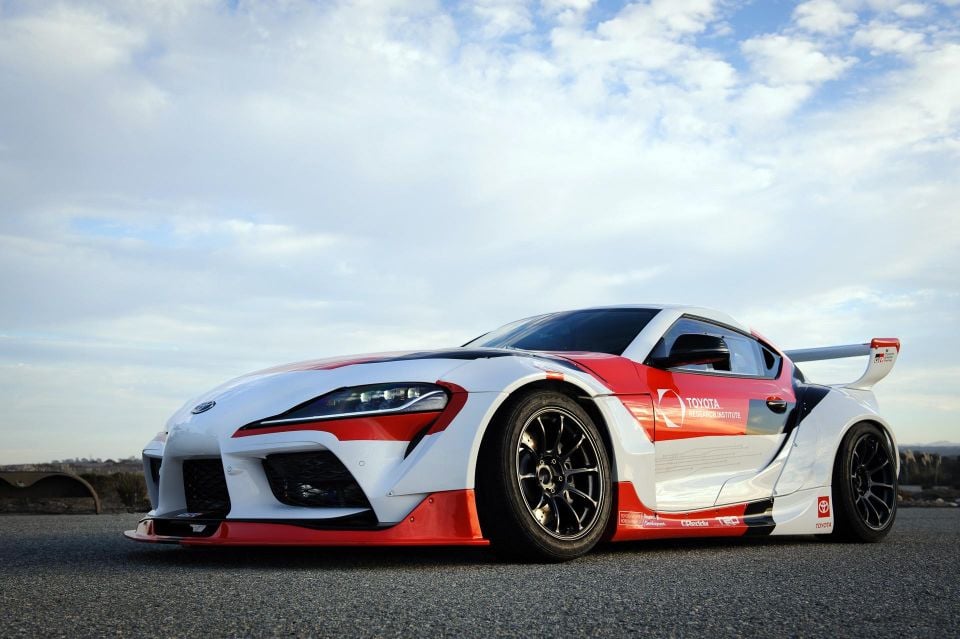

CarExpert.com.au
The CarExpert team's favourite cars of 2025
6 Hours Ago

News Editor
Toyota has programmed a car to autonomously drift, but it hasn’t done it just for thrills.
The Toyota Research Institute has been working on utilising controlled, autonomous drifting to avoid accidents involving sudden obstacles or hazardous road conditions like black ice.
Engineers programmed a customised GR Supra to autonomously drift around obstacles on a closed track.
TRI says the technology is able to calculate a new trajectory every 20th of a second, keeping the car balanced as it goes around the track.
It uses Nonlinear Model Predictive Control, and has been designed to smoothly transition from dynamic driving to grip driving while accounting for the vehicle’s surroundings.
This latest round of active safety technology development by TRI and Stanford University’s Dynamic Design Lab was started a year ago, and the team has been supported by performance specialist GReddy and professional drifter Ken Gushi.
TRI says it’s not trying to replace humans but rather “augment and amplify” them with advanced technologies.
According to Avinash Balachandran, senior manager of TRI’s Human Centric Driving Research unit, the goal is to give regular drivers “the instinctual reflexes of a professional race car driver to be able to handle the most challenging emergencies and keep people safer on the road”.


“When faced with wet or slippery roads, professional drivers may choose to ‘drift’ the car through a turn, but most of us are not professional drivers,” said TRI research scientist Jonathan Goh.
“That’s why TRI is programming vehicles that can identify obstacles and autonomously drift around obstacles on a closed track.
“When you’re drifting there are a lot of forces at play, and you’ve got to really understand how every degree of steering angle slows the car down or every additional application of the throttle rotates the car.”
The Supra used for testing has been customised for autonomous driving research, with computer-controlled steering, throttle, transmission and individual wheel braking.

It’s also been modified to be similar to vehicles used in Formula Drift competitions, including modified suspension, transmission and safety systems such as a roll cage and fire suppression.
According to a report from Nikkei Asia, Toyota is developing its own automotive software platform called Arene to handle everything from basic functions to autonomous driving.
Toyota is reportedly aiming to put this system into its vehicles by 2025, and will then make it available to affiliates like Subaru and even licensing it to other manufacturers and startups.
Where expert car reviews meet expert car buying – CarExpert gives you trusted advice, personalised service and real savings on your next new car.
William Stopford is an automotive journalist with a passion for mainstream cars, automotive history and overseas auto markets.


CarExpert.com.au
6 Hours Ago


Damion Smy
20 Hours Ago


Damion Smy
23 Hours Ago


Damion Smy
1 Day Ago


Damion Smy
1 Day Ago


Damion Smy
1 Day Ago